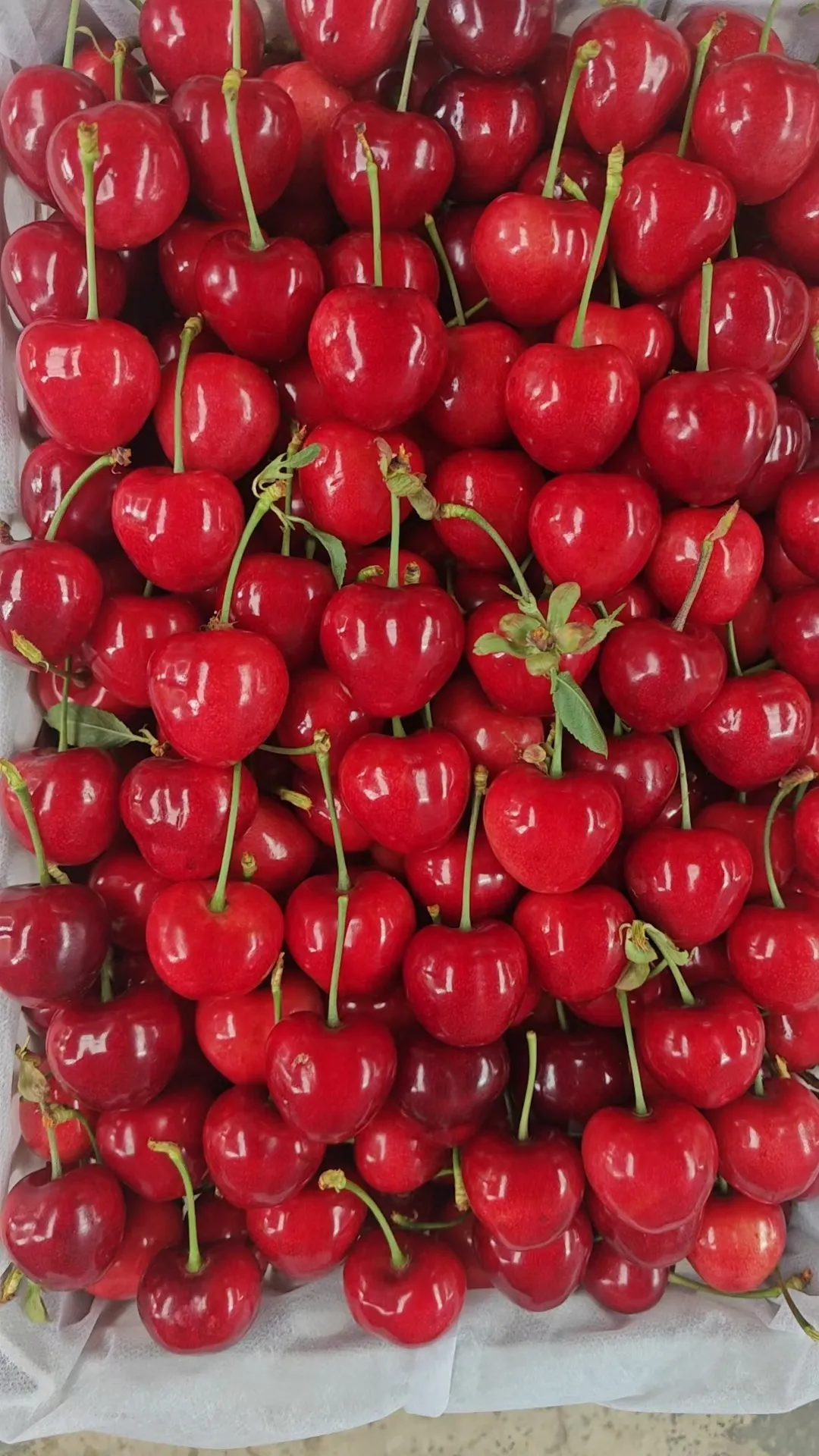Jul . 07, 2025 15:32 צוריק צו רשימה
Navigating Seasonal Challenges in Plum Pollen Production and Supply
The global demand for plum pollen is rising, driven by orchardists and breeders seeking to maximize fruit yields and genetic diversity. However, the production and distribution of plum tree pollen are heavily influenced by seasonal factors, creating volatility in availability, quality, and pricing. For wholesalers, understanding these challenges is critical to securing reliable plum pollen for sale and maintaining stable supply chains. This article explores the seasonal hurdles in plum pollen production and strategies to mitigate their impact on commercial markets.

Impact of Bloom Cycles on Plum Tree Pollen Availability
Plum tree pollen production is intrinsically tied to bloom cycles, which vary by region and cultivar. Most plum varieties bloom for just 7–14 days annually, creating a narrow window for harvesting viable pollen. In temperate regions like Europe’s Mediterranean basin, blooms occur in early spring (March–April), while in colder climates like Canada’s Niagara Peninsula, flowering may delay until May. This regional disparity complicates bulk procurement of plum pollen for sale, as wholesalers must coordinate with global suppliers to ensure year-round availability.
Unpredictable weather, such as late frosts or unseasonal rains, can abruptly shorten bloom periods or damage flowers. For instance, a 2023 frost in France’s Loire Valley reduced plum tree pollen yields by 40%, causing shortages for European orchards. Wholesalers now use predictive analytics to track bloom forecasts, enabling preemptive purchases and inventory buffering.
Climate Variability and Its Effects on Plum Pollen Quality
Temperature and humidity during bloom directly impact plum pollen viability. Ideal conditions—daytime temperatures of 15–20°C and humidity levels of 50–60%—promote robust pollen production. However, heatwaves or droughts can desiccate flowers, lowering germination rates from 80% to below 50%. Conversely, excessive rain washes away pollen grains, reducing harvestable quantities.
In 2022, California’s record drought led to plum tree pollen with just 55% viability, forcing wholesalers to discount prices by 30%. To combat this, suppliers increasingly invest in controlled-environment agriculture (CEA), such as polytunnels, to stabilize microclimates and extend harvest windows. These innovations ensure consistent plum pollen for sale, even amid erratic weather.
Logistical Hurdles in Distributing Plum Pollen for Sale
Once harvested, plum pollen requires swift, climate-controlled transportation to maintain viability. Pollen begins losing fertility within 72 hours if exposed to temperatures above 10°C or humidity over 65%. Wholesalers often rely on cryogenic shipping (using dry ice) for international orders, but this adds 20–25% to logistics costs. For example, shipping plum tree pollen from Chile to Japan demands airtight, refrigerated containers to prevent condensation during transit.
Storage is equally critical. Bulk buyers must store plum pollen for sale at -20°C, requiring specialized freezers that smaller orchards may lack. In 2021, a power outage at a Dutch warehouse ruined 200 kg of plum tree pollen, highlighting the fragility of cold-chain dependencies.
Strategies for Stabilizing Plum Pollen Supply Chains
To counter seasonal volatility, wholesalers adopt several tactics:
Geographic Diversification: Partnering with suppliers across hemispheres (e.g., Chile, Spain, South Africa) ensures staggered harvests and year-round plum pollen for sale.
Advanced Preservation: Freeze-drying and vacuum-sealing extend shelf life to 18–24 months, reducing spoilage risks.
Contract Farming: Pre-negotiated agreements with growers guarantee fixed prices and volumes, insulating buyers from market fluctuations.
Blockchain technology is also gaining traction. Platforms like AgriDigital track plum tree pollen from harvest to delivery, providing real-time data on storage conditions and viability rates. This transparency builds trust and reduces disputes over product quality.
FAQ:Addressing Key Questions About Seasonal Plum Pollen Challenges
How do bloom cycles affect the availability of plum pollen for sale?
Bloom cycles last only 1–2 weeks annually, creating a short harvest window. Regional climate shifts can further disrupt timing, leading to supply gaps for plum pollen.
What climate conditions are ideal for high-quality plum pollen?
Temperatures of 15–20°C and moderate humidity (50–60%) optimize plum tree pollen viability. Deviations due to heatwaves or rains reduce fertility and yields.
How can wholesalers mitigate seasonal shortages of plum pollen?
Diversifying suppliers across climates, investing in freeze-drying tech, and using predictive bloom analytics help stabilize plum pollen for sale availability.
Does seasonal variability impact the pricing of plum pollen for sale?
Yes. Shortages from poor weather or logistical delays can spike prices by 20–50%. Bulk contracts and preserved stocks help buffer these fluctuations.
Are there certifications that ensure plum pollen quality despite seasonal challenges?
Certifications like ISO 22000 and organic labels require strict storage and handling protocols, ensuring plum tree pollen meets viability standards even after long-term storage.
Seasonal challenges in plum pollen production are inevitable, but strategic planning and technology can transform volatility into opportunity. For wholesalers, geographic diversification, advanced preservation, and transparent supply chains are key to delivering reliable plum pollen for sale.
By geographic diversification, wholesalers can source plum pollen from different regions where peak production times do not overlap, thus ensuring a consistent supply throughout the year. Advanced preservation techniques, such as cryogenic storage, maintain the viability of pollen for extended periods, meeting the demands of farmers even when native supplies are low. Transparent supply chains, with clear communication and tracking mechanisms, build trust with buyers and ensure that the plum pollen they receive is of the highest quality.
-
tree-pollen-indoor-contamination
נייַעסAug.22,2025
-
kiwipollen-viability-assessment
נייַעסAug.22,2025
-
cherry-pollen-germination-rates
נייַעסAug.22,2025
-
buy-apple-pollen-online-guide
נייַעסAug.22,2025
-
pear-pollen-harvesting-techniques
נייַעסAug.22,2025
-
understanding-pollen-seasonal-patterns
נייַעסAug.22,2025